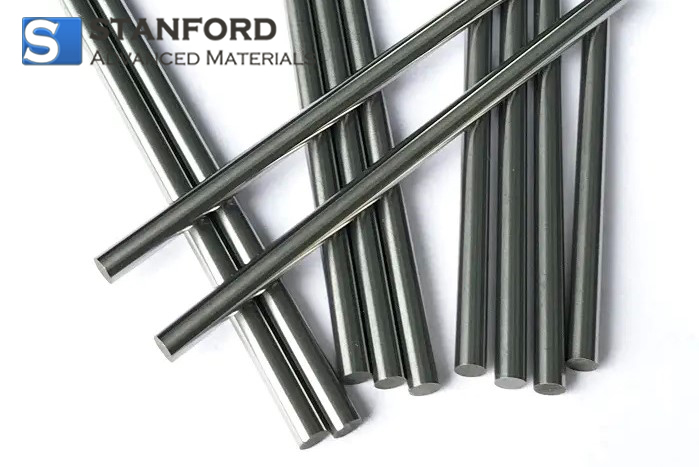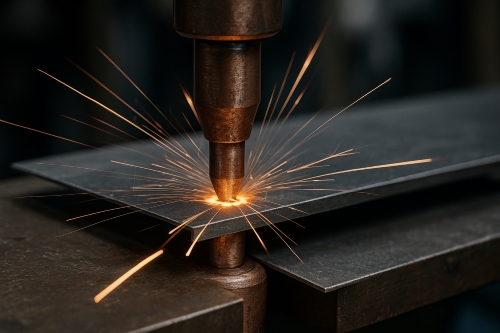Top 5 High-Temperature Resistant Metals And Their Key Applications
High‐temperature resistant metals are designed for applications where the operating temperature is sufficient to melt a metal. Today, these metals assume significant importance because our environment is dominated by electronics. No one can precisely forecast when or how an incident may cause a fire. A racing driver may die within minutes if a vehicle ignites. Firefighters may incur injuries if their protective clothing is not manufactured from high‐temperature resistant materials. These examples illustrate some applications; however, this list is not exhaustive.
High‐temperature resistant metals are also referred to as refractory metals. They are considerably harder at room temperature and normally have melting points exceeding 2 000 °C. The term "refractory metal" is used in disciplines such as engineering, materials science and metallurgy.
5 High‐Temperature Resistant Metals
Normally, with the exception of a few, all metals are considered high‐temperature resistant because they typically exhibit high melting points. However, only five metals can truly withstand temperatures exceeding 2 000 °C. These metals are as follows:
- Niobium
- Molybdenum
- Tantalum
- Tungsten
- Rhenium
Some Properties of High‐Temperature Resistant Metals:
These metals possess distinct physical properties because they belong to different groups. Their key properties and applications correlate with their ability to resist extreme temperatures. While many common metals melt at approximately 200 °C, refractory metals exhibit melting points above 1 500 °C.
Molybdenum:
This metal forms an alloy known as the Titan-Zirconium-Molybdenum alloy, which is widely used in industry. This alloy exhibits high strength and creep resistance at elevated temperatures. Molybdenum resists corrosion from liquid mercury because it does not form amalgams. The most common application of Molybdenum is its use in reinforcing steel as an alloying element. Molybdenum is a key material in this context.
Tungsten:
Tungsten by itself exhibits limited heat resistance. However, nearly 22% of Rhenium is alloyed with Tungsten to enhance its performance at elevated temperatures. Tungsten is mainly employed in industries where high-temperature materials are essential. Tungsten is used in these applications.
Niobium Alloys:
Niobium has the lowest density among these metals. It is primarily alloyed with Tungsten to manufacture materials for high-temperature applications such as aircraft gas turbines and nuclear reactors. Due to its properties, Niobium is also utilised in the medical and surgical fields.
Rhenium and its Alloys:
This material was included recently in the list of fireproof materials. One reason for alloying Rhenium with other metals is that it enhances ductility and tensile strength. Rhenium acts as a catalyst in numerous chemical reactions. One of the most significant properties of Rhenium is its catalytic capability.
The metals described above are the principal refractory/high‐temperature resistant metals. Other metals are excluded from this category because they cannot withstand temperatures above 1 800 °C. As stated at the beginning of this article, these metals are employed in various industries to manufacture fire‐resistant products.

 Bars
Bars
 Beads & Spheres
Beads & Spheres
 Bolts & Nuts
Bolts & Nuts
 Crucibles
Crucibles
 Discs
Discs
 Fibers & Fabrics
Fibers & Fabrics
 Films
Films
 Flake
Flake
 Foams
Foams
 Foil
Foil
 Granules
Granules
 Honeycombs
Honeycombs
 Ink
Ink
 Laminate
Laminate
 Lumps
Lumps
 Meshes
Meshes
 Metallised Film
Metallised Film
 Plate
Plate
 Powders
Powders
 Rod
Rod
 Sheets
Sheets
 Single Crystals
Single Crystals
 Sputtering Target
Sputtering Target
 Tubes
Tubes
 Washer
Washer
 Wires
Wires
 Converters & Calculators
Converters & Calculators
 Write for Us
Write for Us


 Chin Trento
Chin Trento



